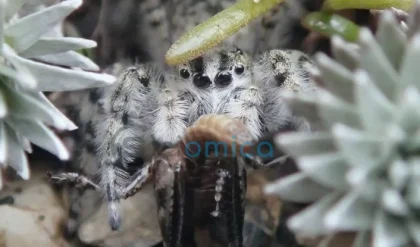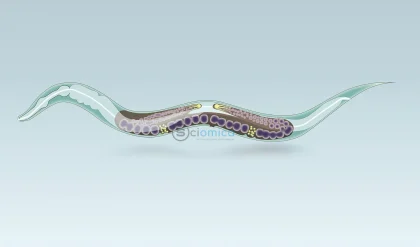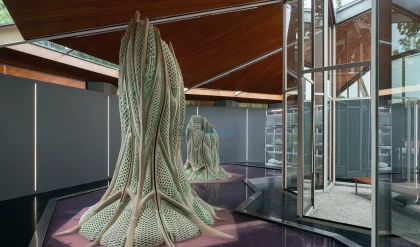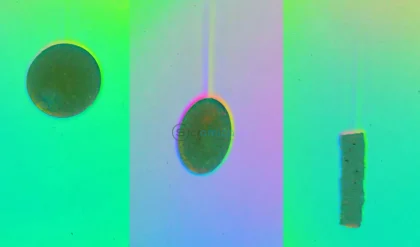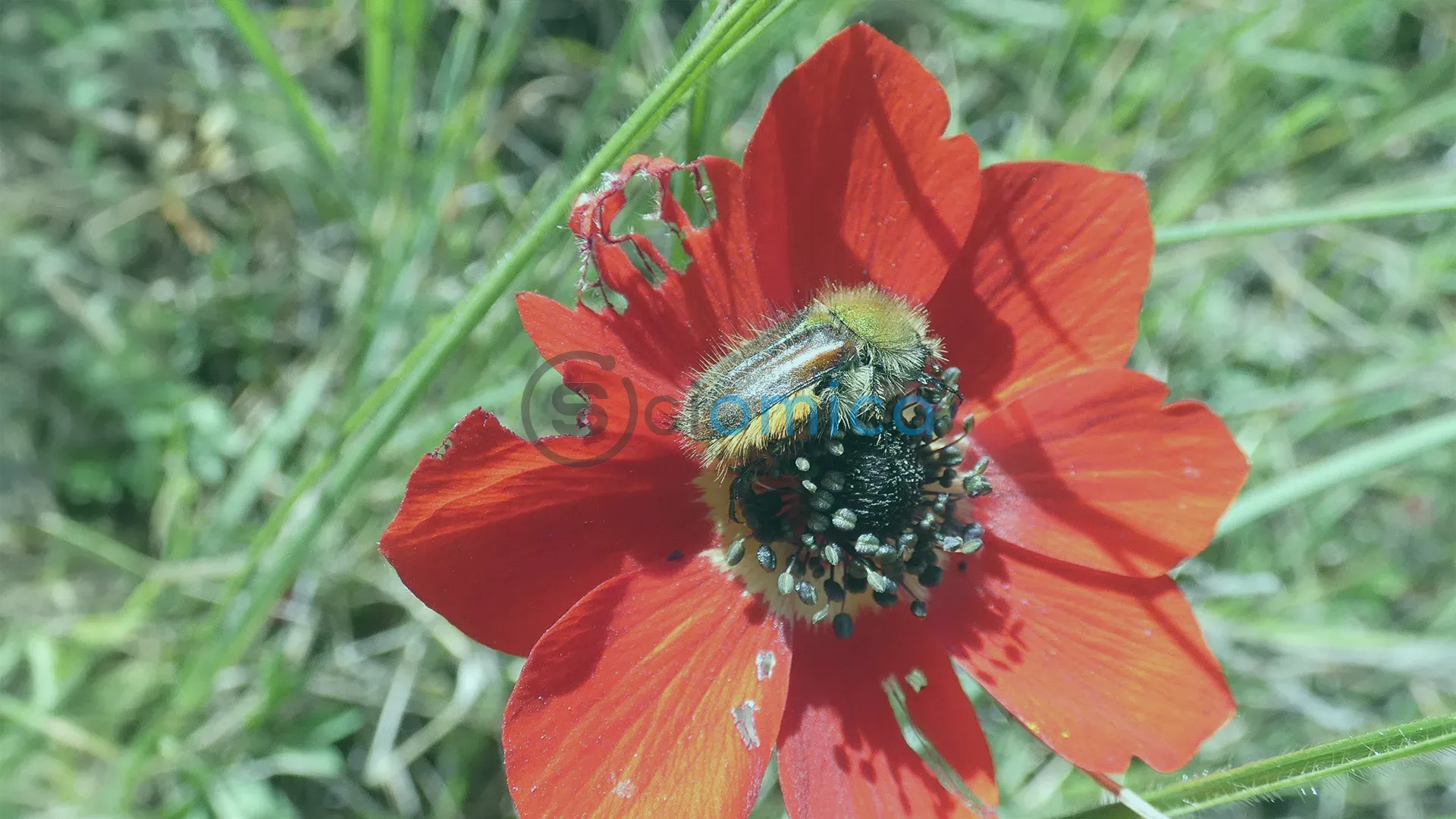
In a groundbreaking study, researchers have revealed that certain beetle species from the eastern Mediterranean possess the ability to perceive the color red, a capability not commonly found in most insects. Typically, insect vision is fine-tuned to detect ultraviolet, blue, and green wavelengths, while red remains largely invisible to them. This has raised intriguing questions about how some insects, like bees, appear to be attracted to red flowers, such as poppies, not for their color but due to the ultraviolet light these plants reflect.
The two beetle species in question, identified as Pygopleurus chrysonotus and Pygopleurus syriacus of the Glaphyridae family, are known for their pollen-eating habits and a strong preference for visiting red-flowered plants, including popular species like anemones and buttercups. The findings of this research, led by Dr. Johannes Spaethe from the Biocentre of Julius-Maximilians-Universität Würzburg in Germany, were made possible through collaborations with Dr. Elena Bencúrová and researchers from universities in Slovenia and the Netherlands.
In their published work in the Journal of Experimental Biology, the scientists employed a mix of electrophysiology, behavioral experiments, and color trapping technologies to probe the visual capabilities of these beetles. Notably, they discovered that the beetles possess four distinct types of photoreceptors in their retinas, enabling them to respond to UV light, blue, green, and even deep red wavelengths. Their field experiments underscored the beetles’ ability to utilize true color vision to identify red targets and their clear preference when it comes to these colors.
The implications of this research extend beyond mere curiosity; the Glaphyrid family may serve as a novel model system for future investigations into visual ecology among beetles, as well as the evolutionary dynamics of flower signals and the ways pollinators detect these signals. Dr. Spaethe highlighted that traditionally, it has been assumed that flower colors evolved in tandem with the visual systems of pollinators. However, the discovery that Glaphyrid beetles can perceive red prompts new speculation and questions regarding the evolutionary timeline of both the beetles and the flowers they frequent.
The variety within the Glaphyrid family, which includes genera such as Eulasia, Glaphyrus, and Pygopleurus, reveals significant differences in their flower color preferences, spanning red, violet, white, and yellow. This variance suggests that the underlying physiological and behavioral mechanisms allowing for the perception of red and other colors are quite adaptable. The rich assortment of flower colors found in the Mediterranean region, coupled with the varying color preferences exhibited by these beetles, bolsters the argument that the visual capabilities of these pollinators could be more responsive to flower colors than previously thought.
As researchers continue to explore these intricacies, the findings pave the way for a deeper understanding of insect vision and its evolutionary significance, highlighting yet another layer of complexity within the interconnected web of plant and pollinator relationships.
Reference:
- Gregor Belušič, Sander B. de Hoop, Elena Bencúrová, Domen Lazar, Johannes Spaethe, Casper J. van der Kooi. Remarkable red colour vision in two Mediterranean beetle pollinators. Journal of Experimental Biology, 2025; DOI: 10.1242/jeb.250181


